Latest Stories
Latest News
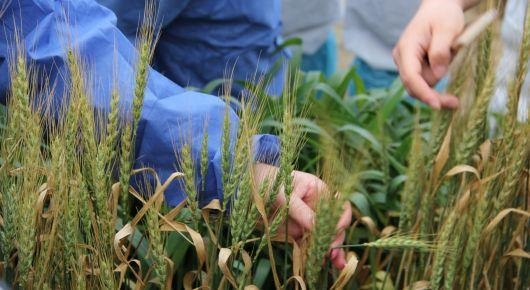
FAO promotes electronic phytosanitary certificates at Moscow event
15/11/2019
A two-day seminar on the use of electronic phytosanitary certificates and the development of international standards for phytosanitary measures started yesterday on the premises of the Eurasian Economic Commission in Moscow, with key participation of FAO
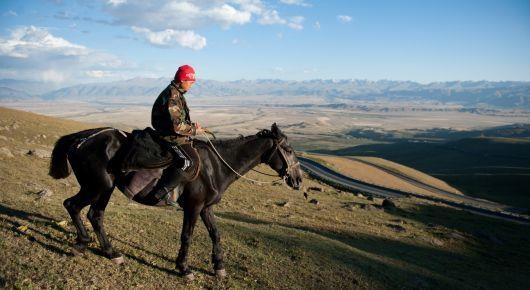
Kyrgyzstan receives support from FAO, GCF to achieve carbon sequestration in forests and rangelands
14/11/2019
The expansion of pasture areas and use of traditional extensive grazing practices with a growing number of livestock takes its toll on the forest cover of the Kyrgyz Republic. This prohibits the country from increasing carbon sequestration and storage.
A
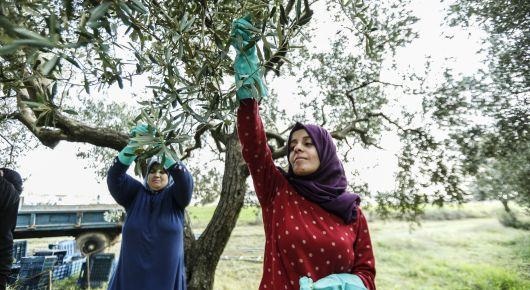
FAO workshop addresses root causes of rural migration in Eurasia
13/11/2019
In many countries across Europe and Central Asia, the ability of rural communities to retain and attract people is jolting. Although the root causes can vary, the problems of rural out-migration have become a trend affecting the development of those areas

Viber stickers promoting healthy and sustainable eating released in Russian
11/11/2019
FAO and Rakuten Viber, a leading global instant messaging app, have partnered together for World Food Day to raise awareness around the themes of healthy and sustainable food by bringing it into everyone’s lives in an exciting and interactive way.
Starti
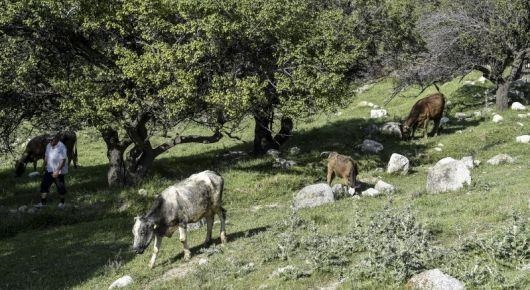
Central Asia forms a network on animal health
11/11/2019
Livestock keeping has traditionally been a baseline activity for many families in Central Asia. Protecting animal health safeguards rural livelihoods and avoids major negative socio-economic consequences. Two back-to-back FAO meetings in Tashkent this wee

New greening strategy confronts common challenges of funding and cooperation
11/11/2019
Just a few hours by plane from the UN Economic Commission for Europe’s (UNECE) headquarters in Geneva used to be the abundant waters of the Aral Sea. At its height as the fourth biggest lake in the world, the body of water was bigger than Switzerland. But
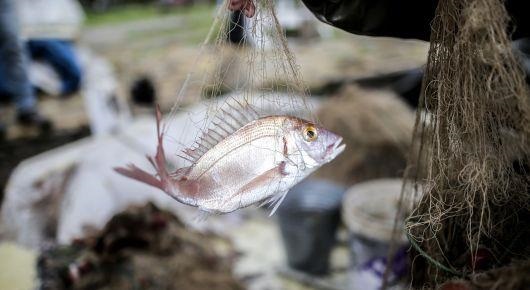
Adoption of a record number of measures benefiting the Mediterranean and the Black Sea
08/11/2019
The GFCM countries adopted today 15 decisions to ensure conservation and sustainable use of marine living resources in the Mediterranean and the Black Sea.
On the occasion of the forty-third session of the General Fisheries Commission for the Mediterrane
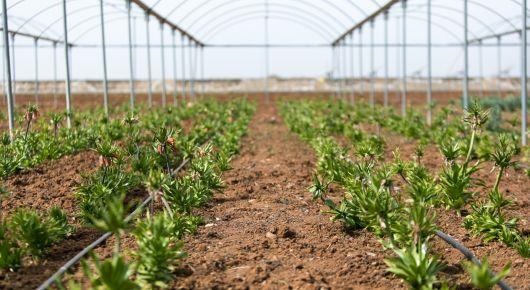
FAO incubates indicators for global goals
07/11/2019
FAO enters a new phase to assist implementation of the Sustainable Development Goals (SDG) in Europe and Central Asia through a workshop today in Ankara. Participants will validate an action plan that goes more in-depth on how to implement the 21 SDG indi

Gender equality in livestock keeping ensures an inclusive and sustainable future
06/11/2019
Achieving equality between women and men is a precondition for sustainable agricultural production and rural development, achieving food security, and elimination of poverty. As livestock is the second-largest contributor to the global agricultural econom
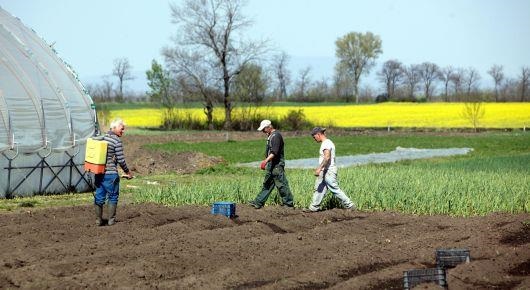
Annual meeting of land experts aim to spur rural development
05/11/2019
Links between rural development and land management instruments are at the centre of discussions during the international meeting of LANDNET – a network of land professionals from European and Central Asian countries. Kicking off today, the four-day annua


